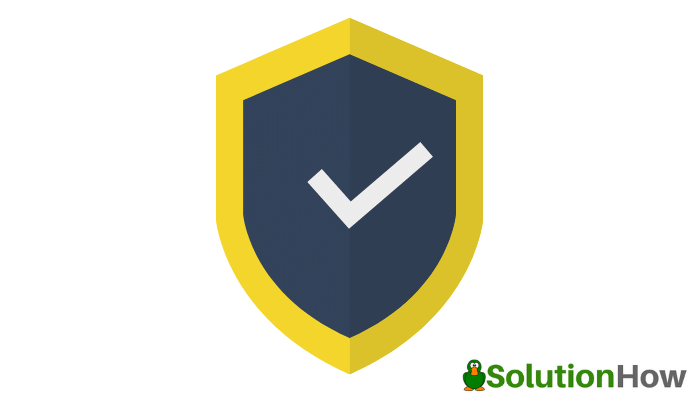
Cybersecurity in 2021
Have you ever imagined a business world without technology? Unreal, right? Today, whether small or large, most businesses incorporate technology in their operations to automate processes, saving time and resources.
But with all the goodness that technology brings, it’s not all rainbows and unicorns. Cybercrimes have always been a thorn in the flesh of many industries. According to Fintech News, there was a 238% increase in cybercrimes targeting fintech in 2020, and that 80% of the firms worldwide improved their digital security infrastructure.
In light of this, you need to keep abreast of the cybersecurity trends that are likely to take center-stage in the year 2021. This way, you will assess the risk and develop countermeasures ahead of time.
Cyberattacks at home
Given the increased call for lockdowns and remote working to curb the spread of Covid-19, working from home has increased rapidly. Indeed, many are wondering whether remote working is the future of work. While we can’t predict that with certainty, what is a surety is that hackers will start targeting remote workers.
Given that people working from home may flex IT policies, their devices could become bait for the “bad guys” to access sensitive data, which could cost firms huge financial losses. That said, securing the IT infrastructure of staff working remotely will become a priority for firms in the next coming months.
Ransomware cyberattacks
The pandemic has caused untold unemployment levels around the world. This has created an unequal distribution of wealth, and hackers are targeting corporates for financial gain. In light of this, hackers are likely to target your servers and databases to cause financial harm in 2021.
Ransomware, which involves locking you out of your database and server until an amount is paid, was rampant in 2020, and this trend shall increase in magnitude in 2021. One way of safeguarding yourself against this threat is by sensitizing your staff on handling emails from suspicious sources. A single mishandled file could slide your business into the mercies of hackers.
Mobile menace
Given the increased use of mobile devices, hackers’ prying eyes have swayed their attention in that direction. In 2020, mobile cyberattacks increased in the form of spyware snooping on encrypted messages and bugs, taking advantage of hand-held devices’ security vulnerabilities.
This trend is bound to continue in 2021 and, therefore, coming up with mobile-focused security programs is the way to go. Given the uptick of remote working, cyber-security isn’t tied to on-premises devices only. IT security should evolve to an “on the go” model-where security covers mobile devices like phones and tablets that use public Wi-Fi, collaborative tools, and cloud suites for work purposes.
Insider threats
Whether by error or design, human mishaps are responsible for data breaches. And this trend will be exacerbated by a remote workforce that is a primary target by criminals looking to exploit insider threats.
Businesses can protect themselves from this threat by firming up their IT and HR policies. Constant updating and training of employees should be a no miss to mitigate the insider threat.
Cloud could be vulnerable
Even before the pandemic, cloud-based solutions were on the rise. And this trend isn’t about to take a break. According to research by Rebyc, approximately 35 percent of businesses surveyed indicated that they intend to shift their operations to the cloud in 2021.
With this in mind, businesses will have to increase their IT security budget allocation as companies seek to protect their cloud-based infrastructure. Even though cloud applications like Google and Microsoft are tightly guarded against attacks from their end, it’s the users’ end that is vulnerable to phishing and other malicious attacks.
5G technology worldwide implementation
With the increased reliance on cloud-based infrastructure in the storage and transfer of data, both B2C and B2B industries will have to migrate to 5G technology to improve service delivery. However, don’t be fooled that the implementation of the 5G technology will be seamless. While the 5G benefits will definitely make life easier, it will open doors for new IT threats.
The technology is still at its nascent stage, making it difficult to identify loopholes susceptible to criminal attacks. Sufficient research is vital to uncover malicious breach attempts of hackers taking advantage of the 5G technology.
Inbox targets
Overtime, endpoints have always been a perfect vector for cybercrimes attacks. Most IT managers will shudder at the mention of the damaging effects a single inbox click can cause on the organization. Here is more bad news for you. Due to automation, spear-phishing will increase significantly in 2021. The hackers’ advanced tech enables them to send multiple spear-phishing emails at a go, increasing their success rate.
Final word
Due to the unimaginable damaging effects of cyberattacks, the above cybersecurity trends will spear organizations to stack their security measures. And given that the board of directors sits at the organization’s helm, they are privy to all facets of an organization-from the nitty-gritty of operations to the risks threatening the business’s success.
And because the risk of a cyberattack can’t be ignored, especially by the top hierarchy, cybersecurity for boards of directors becomes paramount to enable the management to focus on the changing landscape of IT security. Only then can they invest in IT security measures specific to their business.





